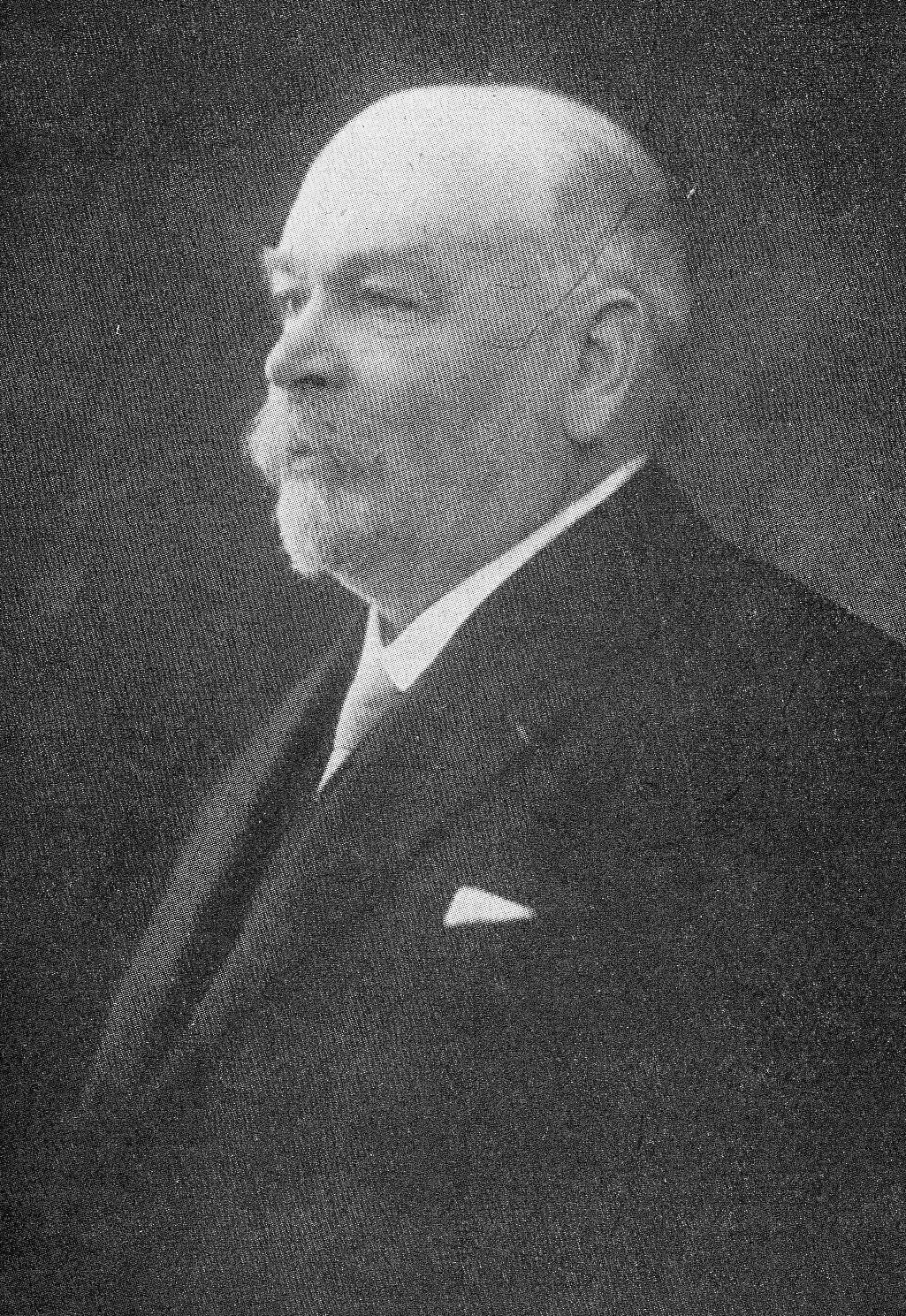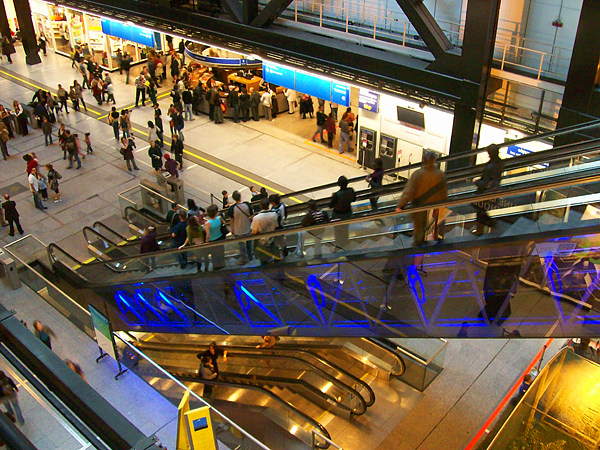|
Cité De L'économie Et De La Monnaie
The Cité de l'économie et de la monnaie or Citéco is a museum dedicated to the economy, located in Paris, France. It was inaugurated on 15 May 2019, and opened to the public on 14 June 2019. The museum was financed with patronage from the Banque de France, and is located in the Hotel Gaillard. History The Banque de France announced the creation of the Cité de l'économie et de la monnaie during a press conference held by Governor Christian Noyer on May 25, 2011. The museum was proposed as an educational facility, inviting the general public to discover economics, tackle issues often met in everyday life, and encourage a better understanding of world events. The Cité de l'économie et de la monnaie mainly addresses teachers and students, to help illustrate concepts studied at school (around one third of the estimated 130,000 annual visitors are expected to be students). Partners The project is led by the Banque de France, in collaboration with several partners. Among t ... [...More Info...] [...Related Items...] OR: [Wikipedia] [Google] [Baidu] |
Paris
Paris () is the Capital city, capital and List of communes in France with over 20,000 inhabitants, most populous city of France, with an estimated population of 2,165,423 residents in 2019 in an area of more than 105 km² (41 sq mi), making it the List of cities proper by population density, 30th most densely populated city in the world in 2020. Since the 17th century, Paris has been one of the world's major centres of finance, diplomacy, commerce, Fashion capital, fashion, gastronomy, and science. For its leading role in the arts and sciences, as well as its very early system of street lighting, in the 19th century it became known as "the City of Light". Like London, prior to the Second World War, it was also sometimes called Caput Mundi#Paris, the capital of the world. The City of Paris is the centre of the Île-de-France Regions of France, region, or Paris Region, with an estimated population of 12,262,544 in 2019, or about 19% of the population of France, making the ... [...More Info...] [...Related Items...] OR: [Wikipedia] [Google] [Baidu] |
Claudie Haigneré
Claudie (André-Deshays) Haigneré (born 13 May 1957) is a French doctor, politician and former astronaut with the Centre National d'Études Spatiales (1985–1999) and the European Space Agency (1999–2002). Background and training Born in Le Creusot, Claudie Haigneré studied medicine at the Faculté de Médecine ( Paris-Cochin) and Faculté des Sciences ( Paris-VII). She went on to obtain certificates in biology and sports medicine (1981), aviation medicine and space medicine (1982), and rheumatology (1984). In 1986 she received a diploma in the biomechanics and physiology of movement (1986) and received her doctorates in rheumatology (1984) and neuroscience (1992). Space career Out of 10,000 candidates, France's space center selected only six men and one woman: Claudie Haigneré. She first qualified as an engineer and emergency pilot to the Space Shuttle. She first served as a back-up crew member for the 1993 Mir ''Altaïr'' mission in which her future husband Jean ... [...More Info...] [...Related Items...] OR: [Wikipedia] [Google] [Baidu] |
Museums Of Economics
A museum ( ; plural museums or, rarely, musea) is a building or institution that cares for and displays a collection of artifacts and other objects of artistic, cultural, historical, or scientific importance. Many public museums make these items available for public viewing through exhibits that may be permanent or temporary. The largest museums are located in major cities throughout the world, while thousands of local museums exist in smaller cities, towns, and rural areas. Museums have varying aims, ranging from the conservation and documentation of their collection, serving researchers and specialists, to catering to the general public. The goal of serving researchers is not only scientific, but intended to serve the general public. There are many types of museums, including art museums, natural history museums, science museums, war museums, and children's museums. According to the International Council of Museums (ICOM), there are more than 55,000 museums in 202 count ... [...More Info...] [...Related Items...] OR: [Wikipedia] [Google] [Baidu] |
Alphonse Defrasse
Alphonse Alexandre Defrasse (30 September 1860, Paris - 18 March 1939, Paris) was a French architect; best known as the Chief Architect for the Banque de France. Biography His father was a merchant. He entered the École Nationale Supérieure des Beaux-Arts in 1877, where he was a student of Jules André. His first showing came in 1882, at the Salon des Artistes Français; obtaining a second-class medal. Three years later, his display there earned a travel grant.René Édouard-Joseph, ''Dictionnaire biographique des artistes contemporains'', tome 1, A-E, Art & Édition, 1930, He stood for the Prix de Rome three times; winning the Grand Prize in 1886 with a project for the "palace" of the Court of Audit. He was in residence at the Villa Medici from 1887 to 1890. With a stipend from the Académie de France à Rome, he travelled to Greece, where he made studies of various structures at the Sanctuary of Asclepius in Epidaurus. They earned him a medal of honor at the Salon i ... [...More Info...] [...Related Items...] OR: [Wikipedia] [Google] [Baidu] |
Renaissance
The Renaissance ( , ) , from , with the same meanings. is a period in European history The history of Europe is traditionally divided into four time periods: prehistoric Europe (prior to about 800 BC), classical antiquity (800 BC to AD 500), the Middle Ages (AD 500 to AD 1500), and the modern era (since AD 1500). The first early ... marking the transition from the Middle Ages to modernity and covering the 15th and 16th centuries, characterized by an effort to revive and surpass ideas and achievements of classical antiquity. It occurred after the Crisis of the Late Middle Ages and was associated with great social change. In addition to the standard periodization, proponents of a "long Renaissance" may put its beginning in the 14th century and its end in the 17th century. The traditional view focuses more on the Early modern period, early modern aspects of the Renaissance and argues that it was a break from the past, but many historians today focus more on its medieval a ... [...More Info...] [...Related Items...] OR: [Wikipedia] [Google] [Baidu] |
Middle Ages
In the history of Europe, the Middle Ages or medieval period lasted approximately from the late 5th to the late 15th centuries, similar to the post-classical period of global history. It began with the fall of the Western Roman Empire and transitioned into the Renaissance and the Age of Discovery. The Middle Ages is the middle period of the three traditional divisions of Western history: classical antiquity, the medieval period, and the modern period. The medieval period is itself subdivided into the Early, High, and Late Middle Ages. Population decline, counterurbanisation, the collapse of centralized authority, invasions, and mass migrations of tribes, which had begun in late antiquity, continued into the Early Middle Ages. The large-scale movements of the Migration Period, including various Germanic peoples, formed new kingdoms in what remained of the Western Roman Empire. In the 7th century, North Africa and the Middle East—most recently part of the Ea ... [...More Info...] [...Related Items...] OR: [Wikipedia] [Google] [Baidu] |
Grenoble
lat, Gratianopolis , commune status = Prefecture and commune , image = Panorama grenoble.png , image size = , caption = From upper left: Panorama of the city, Grenoble’s cable cars, place Saint-André, jardin de ville, banks of the Isère , arrondissement = Grenoble , canton = Grenoble-1, 2, 3 and 4 , INSEE = 38185 , postal code = 38000, 38100 , mayor = Éric Piolle , term = 2020–2026 , party = EELV , image flag = Flag of Grenoble.svg , image coat of arms = Coat of Arms of Grenoble.svg , intercommunality = Grenoble-Alpes Métropole , coordinates = , elevation min m = 212 , elevation m = 398 , elevation max m = 500 , area km2 = 18.13 , population = , population date = , population footnotes = , urban pop = 451096 , urban area km2 = 358.1 , ... [...More Info...] [...Related Items...] OR: [Wikipedia] [Google] [Baidu] |
Bruno Racine
Bruno Racine (born 17 December 1951 in Paris) is a French civil servant and writer. Early life and education Racine is the son of Pierre Racine (a conseiller d'État) and Edwina Morgulis, Bruno Racine was born in Paris. He studied at the École La Rochefoucauld then at the lycée Louis-le-Grand before entering the École Normale Supérieure in 1971 and obtaining an agrégation in "lettres classiques". He also followed courses at the Institut d'études politiques de Paris and entered the École nationale d'administration in 1977. Career Racine left the ENA for the Cour des Comptes where he was named auditor in 1979 then "conseiller référendaire" in 1983. On 5 September 1981, he married Béatrice de Bégon de Larouzière-Montlosier, and they have had 4 children. Racine entered the service for strategic affairs and disarmament in the Ministry of Foreign Relations (1983–1986) before joining the cabinet of Jacques Chirac, Prime Minister as a ' chargé de mission' (1986–198 ... [...More Info...] [...Related Items...] OR: [Wikipedia] [Google] [Baidu] |
Bibliothèque Nationale De France
The Bibliothèque nationale de France (, 'National Library of France'; BnF) is the national library of France, located in Paris on two main sites known respectively as ''Richelieu'' and ''François-Mitterrand''. It is the national repository of all that is published in France. Some of its extensive collections, including books and manuscripts but also precious objects and artworks, are on display at the BnF Museum (formerly known as the ) on the Richelieu site. The National Library of France is a public establishment under the supervision of the Ministry of Culture. Its mission is to constitute collections, especially the copies of works published in France that must, by law, be deposited there, conserve them, and make them available to the public. It produces a reference catalogue, cooperates with other national and international establishments, and participates in research programs. History The National Library of France traces its origin to the royal library founded at ... [...More Info...] [...Related Items...] OR: [Wikipedia] [Google] [Baidu] |
Cité Des Sciences Et De L'Industrie
The Cité des Sciences et de l'Industrie ("City of Science and Industry", abbreviated la CSI) or simply CSI is the biggest science museum in Europe. Located in the Parc de la Villette in Paris, France, it is one of the three dozen French Cultural Centers of Science, Technology and Industry (CCSTI), promoting science and science culture. About five million people visit the Cité each year. Attractions include a planetarium, a submarine (the Argonaute), an IMAX theatre (La Géode) and special areas for children and teenagers. The CSI is classified as a public establishment of an industrial and commercial character, an establishment specialising in the fostering of scientific and technical culture. Created on the initiative of President Giscard d'Estaing, the goal of the Cité is to spread scientific and technical knowledge among the public, particularly for youth, and to promote public interest in science, research and industry. The most notable features of the "bioclimatic ... [...More Info...] [...Related Items...] OR: [Wikipedia] [Google] [Baidu] |






